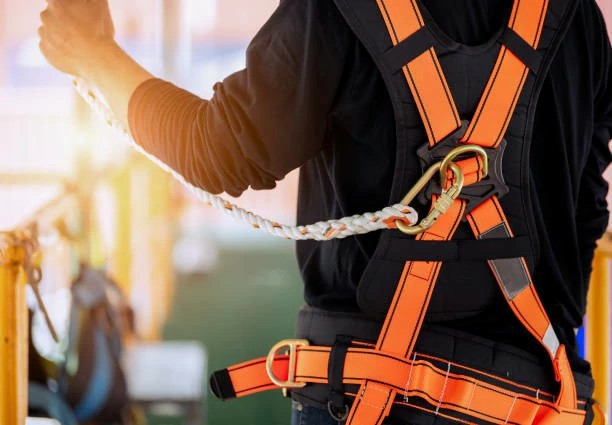


 349,500 Offered Certificates
349,500 Offered Certificates
 24/7 Online Training
24/7 Online Training
 Money Back Guarantee
Money Back Guarantee
 Fully Accredited Courses
Fully Accredited Courses

Created at: 22-02-2025 17:43
In today's fast-paced construction and maintenance industries, ensuring the safety of workers at heights is more critical than ever. With advancements in technology, Working at Heights training is evolving to include highly effective safety solutions. This blog delves into the new safety technologies integrated into modern training programs that are making a significant impact on worker safety.
As businesses face increasing regulations and demands for workplace safety, adopting modern technology has become essential. Working at Heights courses now incorporate a range of technological innovations that bolster safety practices. These advancements not only enhance training effectiveness but also improve compliance and reduce accident rates.
Smart helmets are at the forefront of safety technology for heights. Equipped with IoT sensors, they can monitor environmental conditions and alert wearers to hazards such as excessive wind speed or nearby electrical lines. The integration of augmented reality can also provide real-time data overlays, allowing workers to visualize critical information without distraction.
Internet of Things (IoT) sensors play a pivotal role in maintaining safety protocols. These devices can monitor factors such as structural integrity and worker location. For instance, wearable IoT devices can send alerts if a worker is at risk of falling, enabling immediate intervention to prevent accidents.
Artificial Intelligence is transforming how businesses assess risks in Working at Heights training. AI-driven systems analyze vast amounts of data to predict potential hazards based on historical incidents and real-time environmental factors. This allows trainers to tailor safety courses to address specific risks encountered on-site before they become issues.
Virtual reality (VR) has emerged as a groundbreaking tool in safety training. VR environments simulate real-life scenarios without the added risk. Workers can practice their responses to hazardous situations safely, thereby enhancing their skills and building confidence in a controlled setting.
For businesses looking to enhance their Working at Heights Certification, adopting these technologies involves several key steps:
Numerous companies are leading by example in the integration of advanced safety technologies:
As the landscape of Working at Heights training continues to evolve, it is imperative for businesses to stay ahead by embracing modern safety technologies. Not only do they enhance training effectiveness, but they also significantly contribute to creating a safer working environment.
Are you ready to transform your safety training programs with these advanced technologies? Take the first step today! Explore our Working at Heights Course or contact us at [email protected] for more information about Working at Heights Certification Ireland and join the movement towards safer workplaces.